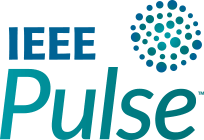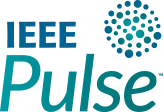Consciousness for Artificial Intelligence?
https://www.embs.org/pulse/wp-content/themes/movedo/images/empty/thumbnail.jpg
150
150
IEEE Pulse
//www.embs.org/pulse/wp-content/uploads/sites/13/2024/03/ieee-pulse-logo-dsktp2x.png
Can artificial intelligence (AI) systems ever achieve anything close to consciousness? There is presently an intense speculation about whether they can or cannot.
read more


